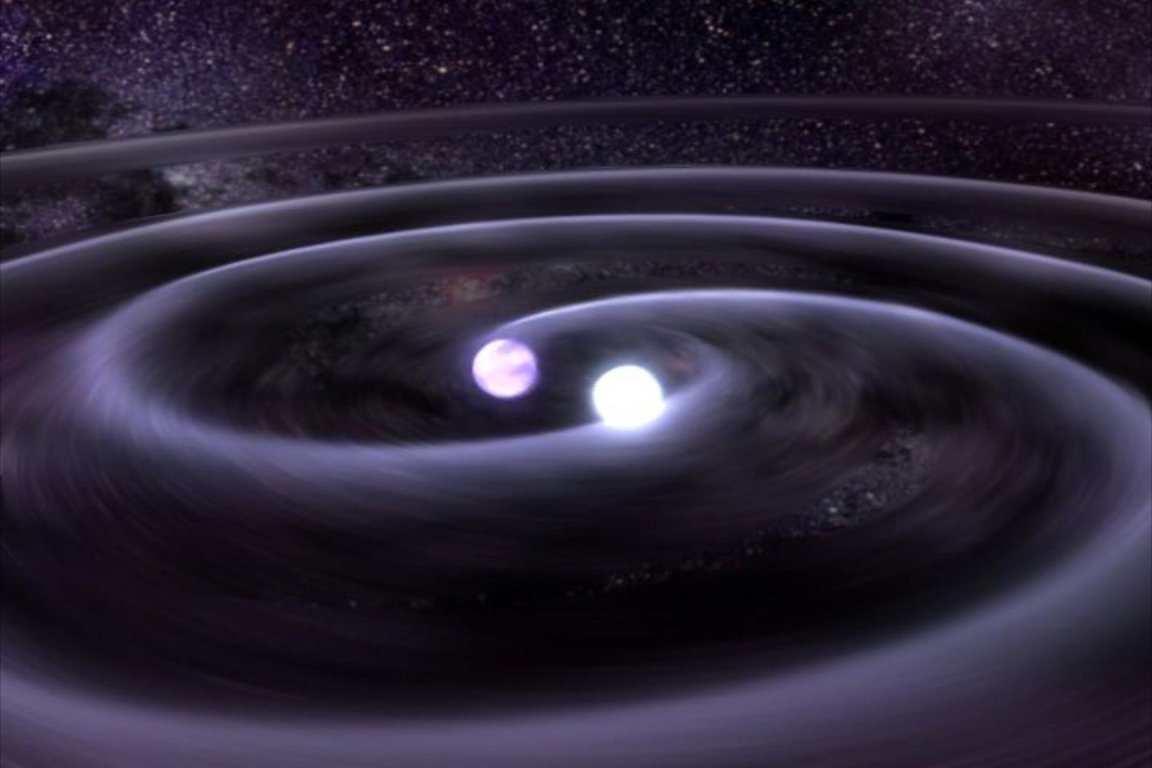
The Discovery of the Decade
Though Albert Einstein predicted their existence more than a century ago, gravitational waves remained theoretical until last year when they were finally detected by researchers at the Laser Interferometer Gravitational-Wave Observatory (LIGO).
The three physicists responsible for the creation of LIGO — Massachusetts Institute of Technology (MIT) professor Rainer Weiss and California Institute of Technology’s (Caltech) Kip Thorne and Barry Barish — have now been awarded the Nobel Prize in Physics for the discovery, which the Royal Swedish Academy claims “shook the world.”

Indeed, gravitational waves shake the world both literally and figuratively. The “ripples” in spacetime detected by LIGO were the result of a collision between two black holes some 1.3 billion years ago in a rather distant galaxy.
By the time they reach Earth, gravitational waves are already very weak, and detecting them requires the use of extremely specialized instruments called laser interferometers. Although observed for the first time in September 2015, LIGO didn’t officially confirm their detection of gravitational waves until February 2016 as the researchers wanted to be certain of their discovery.
Pushing the Boundaries of Physics
The detection of gravitational waves has changed astrophysics forever, not just because it confirms Einstein’s general theory of relativity, but also because it illustrates our ability to observe the universe in a way that we’ve never done before. Thanks to LIGO, we’re now able to “hear” the universe in a completely unique way. Gravitational waves give us a fresh appreciation and understanding of how the universe expanded and continues to expand.
While the three new Nobel laureates were the pioneers of this work, making invaluable contributions to the LIGO project, this discovery was the product of decades of work by teams of researchers, and Thorne doesn’t want to take all the credit.
“It should go to all the people who built the detector or to the members of the LIGO-Virgo Collaboration who pulled off the end game,” he told The New York Times.
Thorne also expressed his astonishment at how the research followed the path he predicted decades ago. “For me, an amazing thing is that this has worked out just as I expected when we were starting out back in the ’80s,” he noted. “It blows me away that it all come out as I expected.”
Now that the technology is in place, Thorne expects to detect more gravitational waves in the coming years. “An enormous amount of rich science is coming out of this,” he said, and in fact, just last month, LIGO and Virgo astronomers detected their fourth spacetime ripple. Additionally, they now have the ability to accurately pinpoint the source of gravitational waves, adding to the precision with which we can observe this remarkable, world-shaking phenomenon.